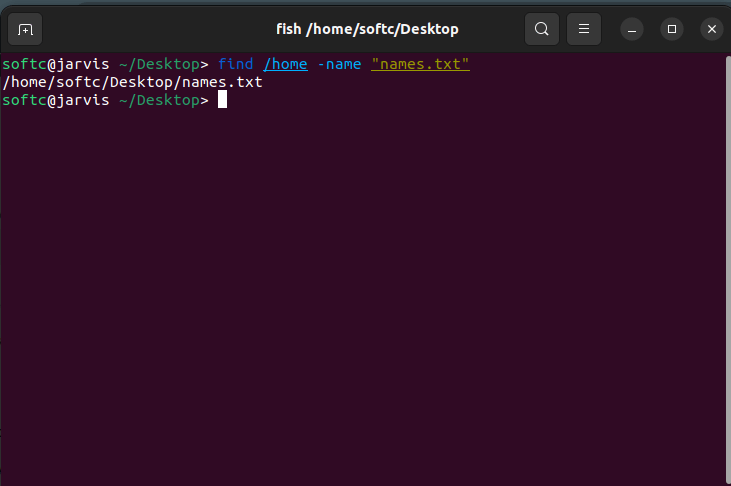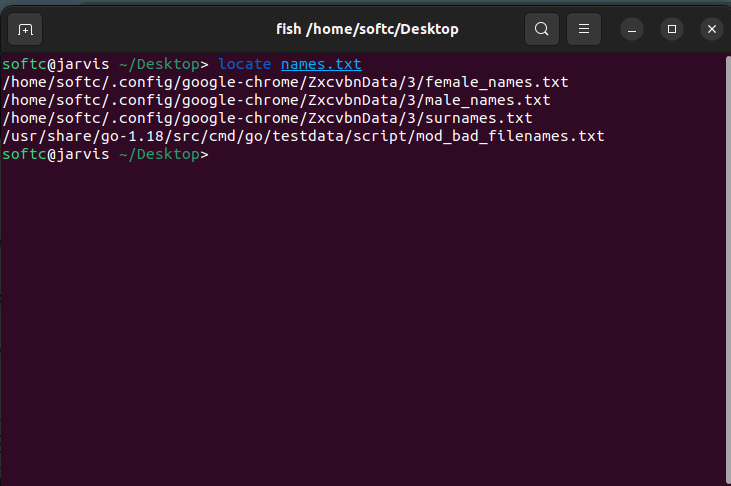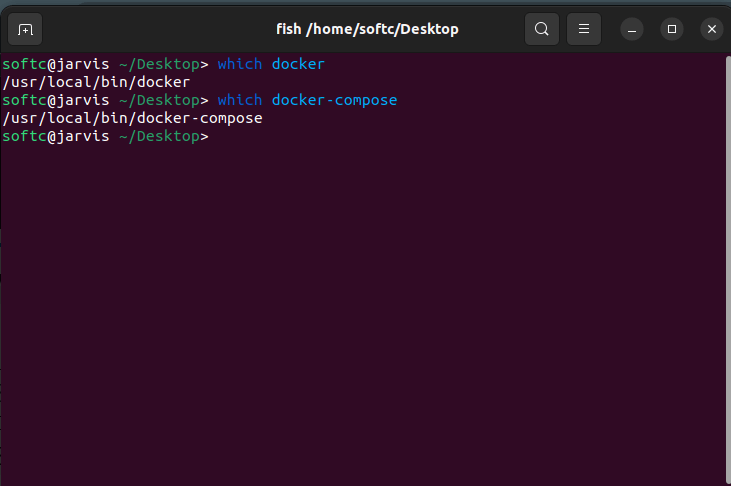Finding files in Linux can seem daunting at first, but with the right tools and commands, it becomes straightforward. In this tutorial, we will look at how to find a file in Linux using these three powerful commands: find, locate, and which. Each has its strengths and is suited to different scenarios. Let’s dive in!
Method 1: Using find
The find command is incredibly versatile and can search for files by name, type, size, modification date, and more. Here’s how you can use it. Open the terminal and type the command below.

You first start with the find command and then specify the path to start the search and add a -name flag to search the item by its name and then finally the intended search item.
Method 2: Using locate
The locate command is faster than find because it uses a prebuilt database of your filesystem. Here’s how to use it. Open the terminal and type the command below.

Method 3: Using which
The which command is used to find the location of executable files. It’s particularly useful for identifying where a command’s executable resides. Open your terminal and type the following command below.

Conclusion
By mastering the find, locate, and which commands, you can efficiently locate files in your Linux system. Whether you need the versatility of find, the speed of locate, or the specificity of which, you have powerful tools at your disposal. There are also other GUI tools in linux you can use such as catfish,fsearch and many more. Happy searching!





